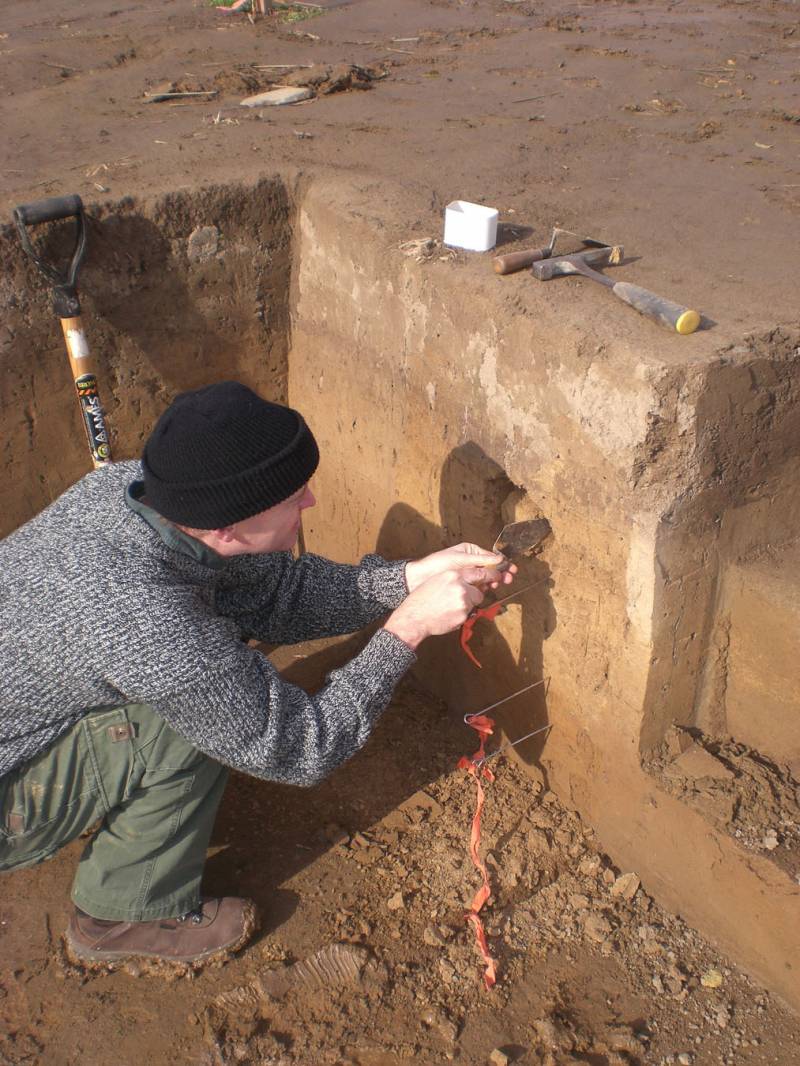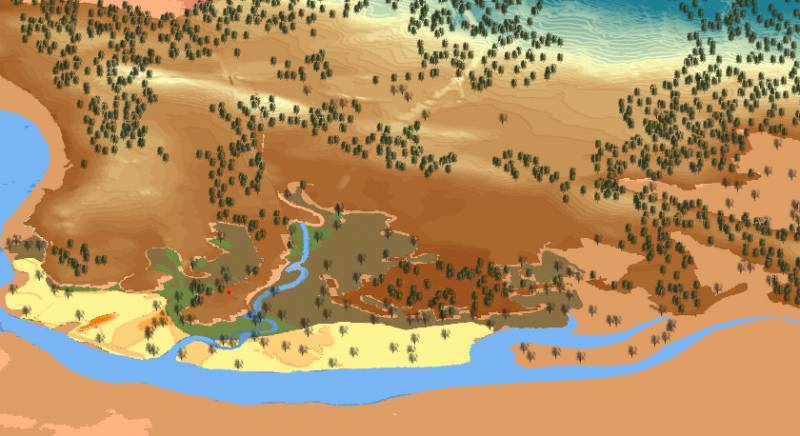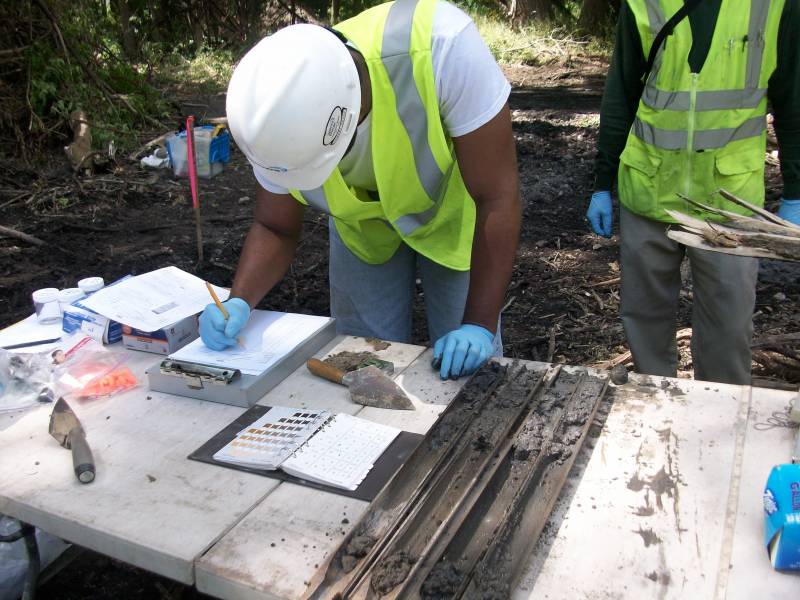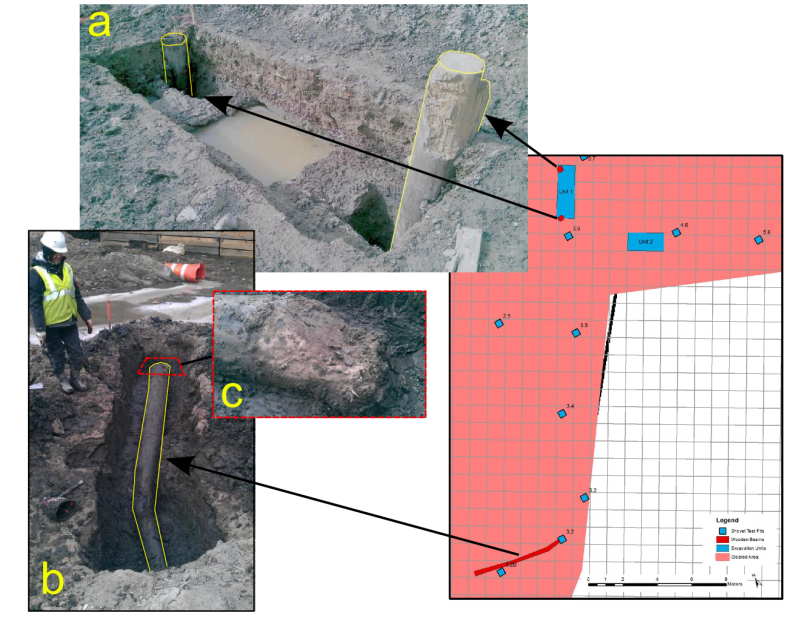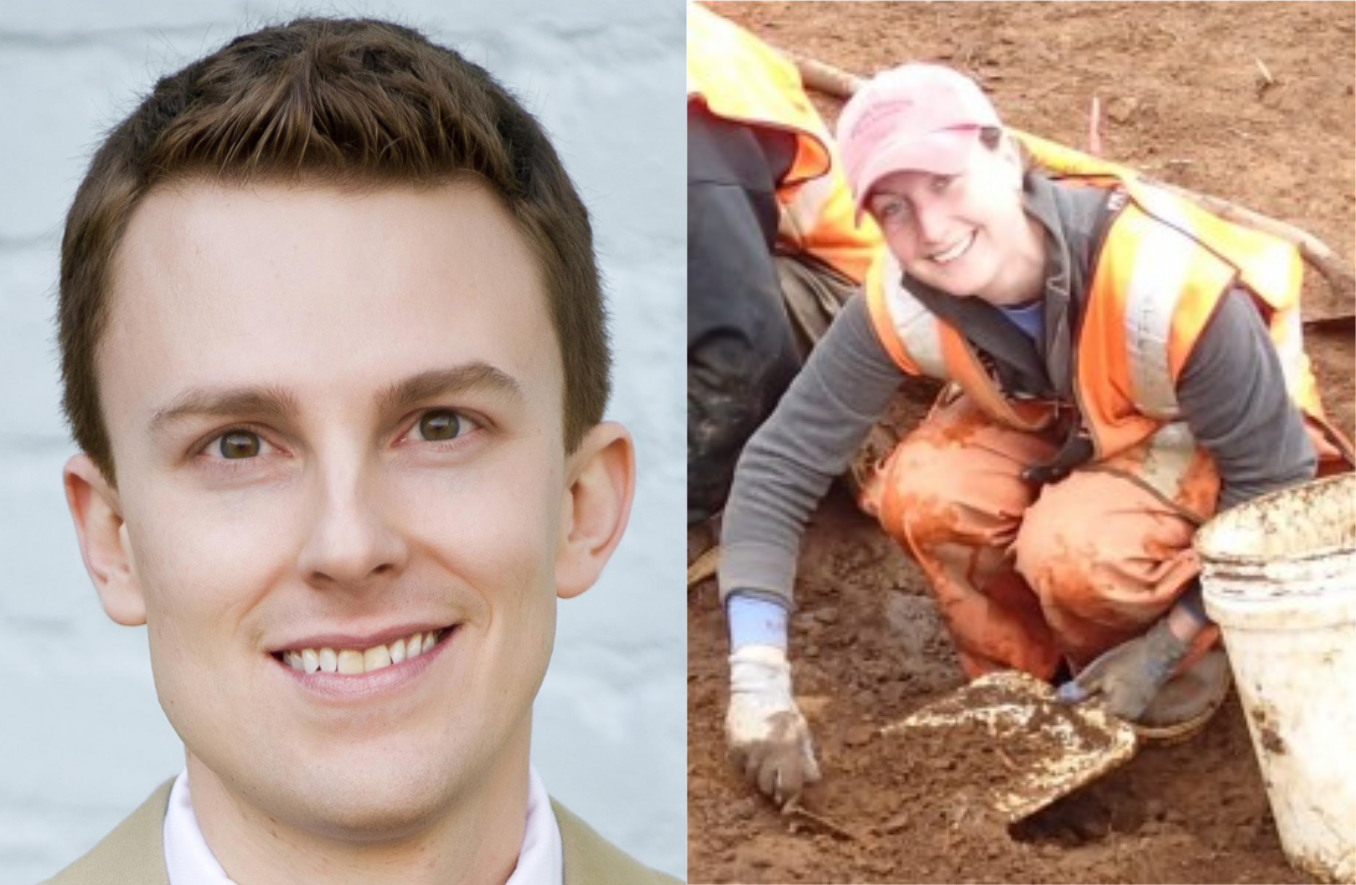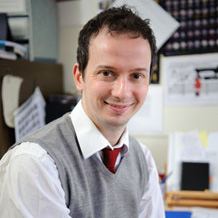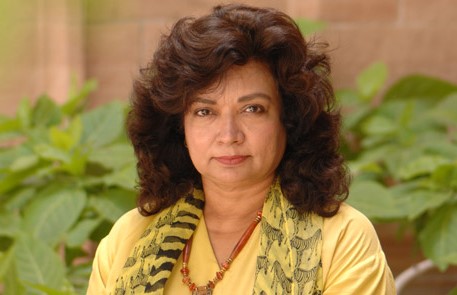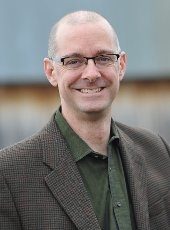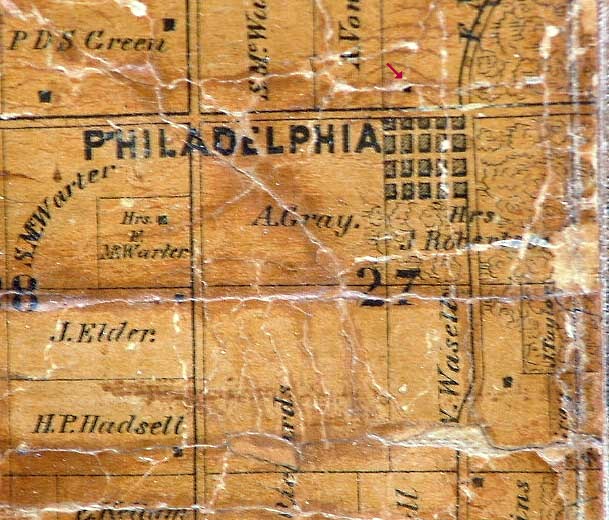Sustainable Archeology since 1989
Geoarcheology Research Associates, Inc. (GRA) is a full-service cultural resources management company. We have three decades of experience navigating federal, state, and local regulations while working with clients through all stages of planning and construction. As our name suggests, we also possess specialty expertise in the collection and interpretation of sub-surface cores, a method that can more efficiently test and assess areas of archaeological sensitivity.
In 2012 and 2013, GRA was contracted to conduct monitoring and Phase I and II survey for a development on the Upper West Side of Manhattan. The property lies on the long-buried former bank of the Hudson River. As part of this project, GRA reconstructed the built and natural features of the local landscape in three dimensions in order to analyze and illustrate the growth of the city over time. We also developed an on-site archaeology gallery that highlights our findings. Click here for information about visiting this exhibit and here to learn more about this and other GRA projects.
Radio Show
Indiana Jones: Myth, Reality, and 21st Century Archaeology
Indiana Jones is the internet's longest running archaeology podcast.
Hosted by Dr. Joseph Schuldenrein, a geoarchaeologist with over 50 years of experience, our program explores current issues affecting archaeology for both public and professional audiences. Themes range from human origins to industrial archaeology and everything in between. Indiana Jones broadcasts every Wednesday at 6 PM EST on the Voice America Radio Network.
Climate Change and Archaeology
In this episode we explore the role of archaeology in climate science, examining contemporary and ancient climate change. Assistant Professor and Director of the Boston University Environmental Archaeology Laboratory, Dr. John (Mac) Marston, and Research Assistant Professor and Director of the Boston University Zooarchaeology Laboratory, Dr. Catherine West, join the program to discuss their cutting-edge research and methodologies.
Haircombs and Vikings: The Archaeology of Everyday Life
What do we really know about the Vikings? In this episode, Dr. Steve Ashby, Senior Lecturer in the Department of Archaeology at the University of York, discusses his fascinating research into the archaeology of everyday life in Viking-Age England, Scotland and Scandinavia. Dr. Ashby’s research on everyday hair combs found in many urban Viking-age sites illuminates details about social identity, craft, and trade heretofore poorly understood. Join in as Dr. Ashby explains his novel approach to artefact studies, using scientific and biomolecular techniques to help answer larger cultural and economic questions, including the date of the first contact between Scandinavia and the British Isles, the social drivers behind Viking raids, and the role of food culture in building identity groups. Join in as Drs. Schuldenrein and Ashby investigate the everyday objects that help to elucidate a people and a bygone age.
Dr. Asma Ibrahim: Pakistan's First Female Archaeologist
Archaeologist and museologist Dr. Asma Ibrahim joins the program to discuss the state of archaeology and heritage preservation in Pakistan. As one of the only female archaeologists operating in Pakistan, Dr. Ibrahim discusses her career path and the hardships she has had to overcome in pursuit of her goals. Though her work and research has spanned the globe, she has dedicated much of her professional life to advancing the preservation efforts of archaeological sites and traditional arts and crafts in Pakistan. She is the director and founding member of the Centre for Archaeological and Environmental Research and has carried out extensive research at various sites in the Indus Delta Area in Pakistan. Currently, she is serving as the Director of the State Bank Museum & Art Gallery Department in Karachi, Pakistan, a museum she helped create. Join the conversation to learn about this accomplished and inspiring archaeologist.
The Fascinating Field of Industrial Archaeology
The prevalence of pipeline projects in CRM is bringing archaeologists into increasing contact with the material remains of industry and technology. However, as a field of inquiry, industrial archaeology is woefully understudied and underappreciated. In this episode, Dr. Timothy J. Scarlett of the Industrial Heritage and Archaeology Program at Michigan Technological University -- one of the only programs of its kind in the US – joins the program to discuss the current state of industrial archaeology. Inherently multi-disciplinary, industrial archaeology is noted for its ability to frame identity in both global and local contexts. The study and preservation of the industrial past links workers and their communities to the capitalist system, while at the same time grappling with individual adaptations largely absent from documentary record. Listen in as Drs. Schuldenrein and Scarlett discuss the necessity of industrial archaeological research to our evolving understanding of the past.
Evaluating Significance: The NPS and New Philadelphia
The Town of New Philadelphia, Illinois was founded by ex-slave Frank McWorter in 1836, making it the first town legally registered by an African American in the US. Frank and his wife Lucy bought, worked and sold acres of land to help raise the enormous sums needed to purchase the freedom of family members. Since 2002, excavations and public archaeology programs have helped to resurrect the story of New Philadelphia, implicating America’s fraught racial past and giving voice to African American actors largely absent from official histories. Currently, The National Park Service is conducting a special resource study to evaluate the site’s national significance and the feasibility of adding it a national park system slim on African American sites. Dr. Schuldenrein is joined in conversation by Dr. Christopher Fennell, Tara Pettit and Tokey Boswell to discuss the site and the NPS special resource study.



